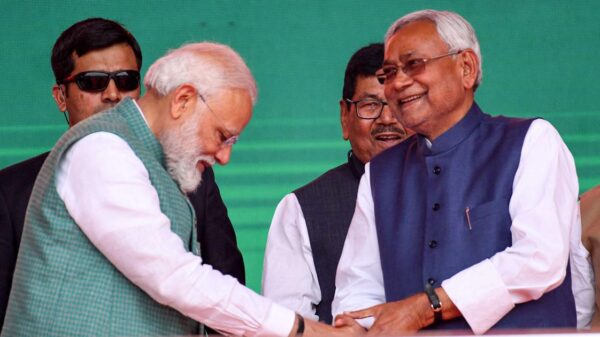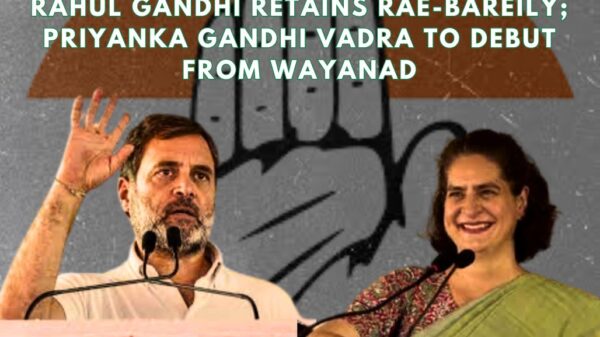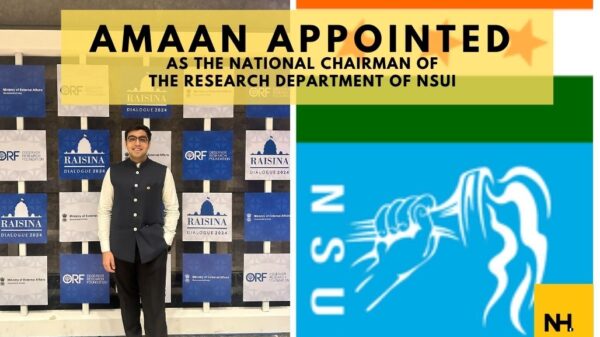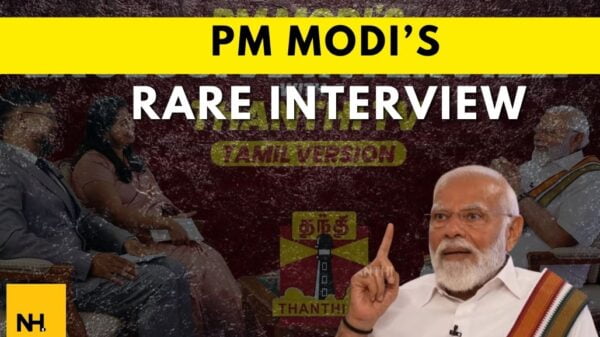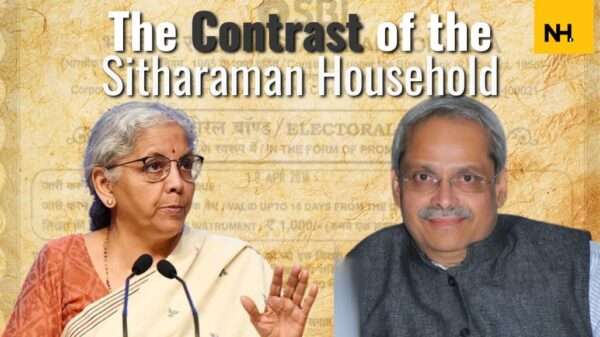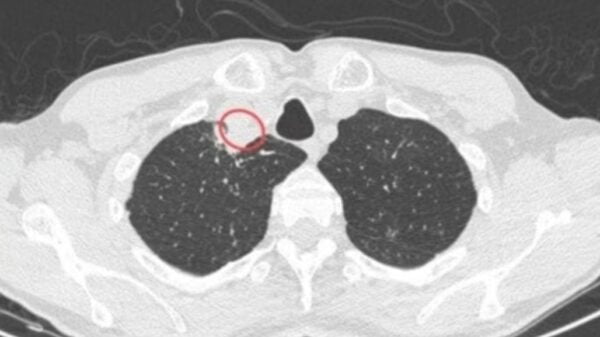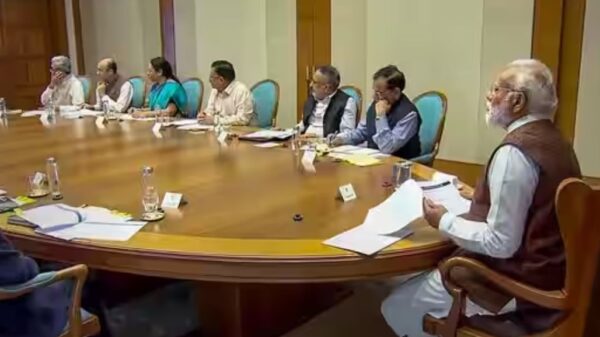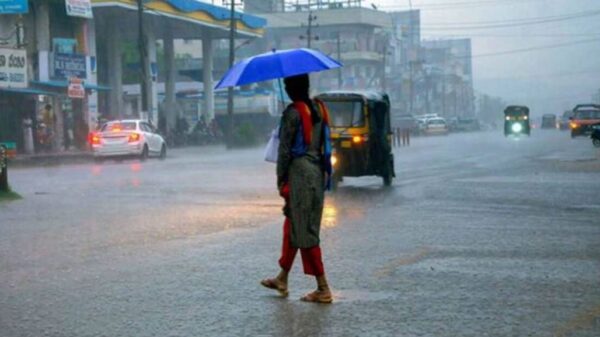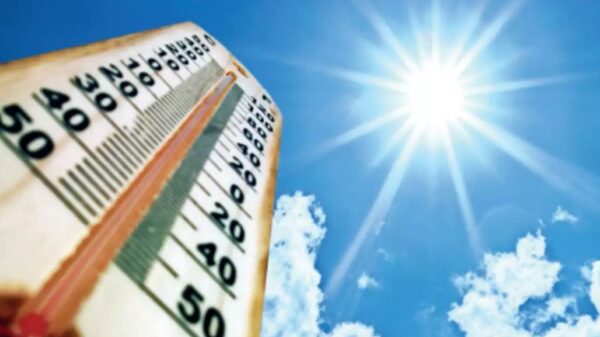Ahead of the Budget presentation for the fiscal year of 2021 on February 1s , Finance Minister Nirmala Sitaraman on Friday, presented the Economic Survey that reviewed the economic progress of the country during the 2020-21 fiscal year. The Economic Survey authored by a team led by chief economic advisor Krishnamurthy Venkata Subramanian, recorded the impact of COVID-19 on the Indian economy and the recovery of the same. The survey has also projected India’s gross domestic product growth for 2021-22.
The Economic Survey which was first presented in the year 1950-51, discusses major fiscal developments, macroeconomic factors, inflation, and other economic factors. The document also highlights the impact of agriculture, climate change, and employment on the economy of the country. Until 1964, it was presented along with the Union Budget, but later it was disjointed from the Union Budget to give a better understanding of the budget proposals.
The survey of 2021 studies the effects of COVID-19 on the economy and have made observations based on the same. It suggests that the economy could contract 7.7 per cent in the financial year that ends on March 31 and was pulled down mainly by the coronavirus pandemic and the weeks-long nationwide lockdown to contain the disease.
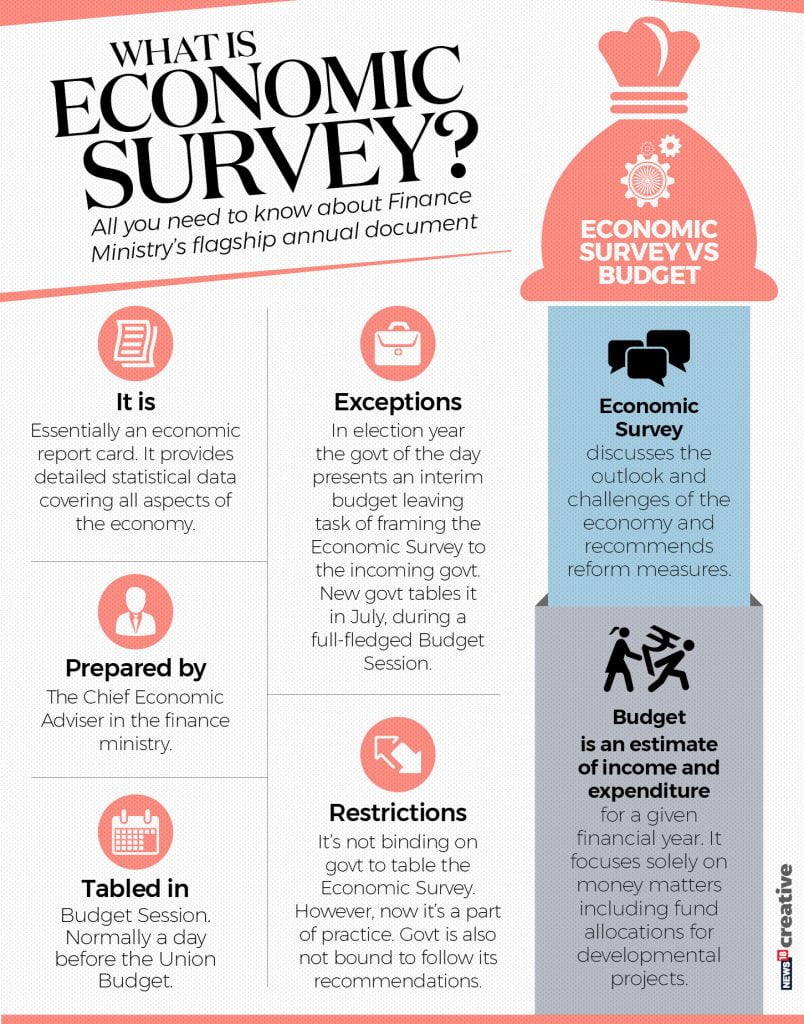
- While the lockdown resulted in a 23.9 per cent contraction in GDP in Q1, the recovery has been a V-shaped one as seen in the 7.5 per cent decline in Q2 and the recovery across all key economic indicators, says the survey. India was the only country to announce a slew of structural reforms to expand supply in the medium to long term and avoid long-term damage to productive capacities.
- The Survey expects the Indian economy to grow by 11% in real terms during 2021-22. This is close to the growth of 11.5% forecast by the International Monetary Fund (IMF).
- Healthcare policy must not become beholden to “saliency bias”, where policy over weights a recent phenomenon and the health infrastructure needs to be agile. A need for sectoral regulator to undertake regulation and supervision of the healthcare sector is suggested by the survey. An increase in public healthcare spending from 1% to 2.5-3% of GDP can decrease the out-of-pocket expenditure from 65% to 35% of overall healthcare spending. The upturn in the economy while avoiding a second wave of infections makes India a sui generis case in strategic policymaking amidst a once-in-a-century pandemic.
- The Survey highlights that both economic growth and inequality have similar relationships with socio-economic indicators. Given India’s stage of development, India must continue to focus on economic growth to lift the poor out of poverty as economic growth has a far greater impact on poverty alleviation than inequality.
- India over-regulates the economy and this results in regulations being ineffective even with relatively good compliance with process. The study suggests that simplification of regulations and investment in greater supervision which in turn will allow discretion.
- India’s gross domestic expenditure on R&D (GERD) is lowest amongst other largest economies.
- Along with having the lower GERD amongst other largest economies, the business sector’s contribution to total R&D personnel in India. This situation has prevailed despite the tax incentives for innovation having been more liberal than other economies. For India to become an innovation leader, India’s business sector needs to ramp up investments in R & D. Resident share in patent applications must also rise for India to become an innovative nation.
- Pradhan Mantri Jan Arogya Yojana (PM-JAY), the program launched by Government of India in 2018 to provide healthcare access to the most vulnerable sections demonstrates strong positive effects on healthcare outcomes in a short time.
- Access to bare necessities such as water, housing, sanitation, micro-environment and other facilities is the highest in the States such as Kerala, Punjab, Haryana and Gujarat while it is the lowest in Odisha, Jharkhand, West Bengal and Tripura. It is also revealed that improved access to “the bare necessities” has led to improvements in health indicators.
- The forbearance that helped borrowers during the global financial crisis has continued for long and this has resulted in detrimental consequences for banks, firms and the economy. The survey advices that forbearance should be discontinued at the first site of economic recovery as it can damage the quality of investment in the economy.

The survey, which is a flagship document of the finance ministry clearly states that the initial stringent lockdown was critical in saving lives as well as the economy of India. The increased government consumption and the mega vaccination drives has helped the nation to recover from the economic blow that resulted from the pandemic. The survey concludes that the “contraction this year reflects the ‘once in a century crisis’ unleashed by the pandemic and associated public health measures”. The survey which is a precursor of the union budget, is often considered while allocating budget to different sectors. Unlike the past years, this year the survey holds significance as it has been prepared in the backdrop of a most unusual macroeconomic context, which includes the sharpest contraction India has seen since Independence and the chance for the budget to reflect the analysis of the survey is high.
Reference




